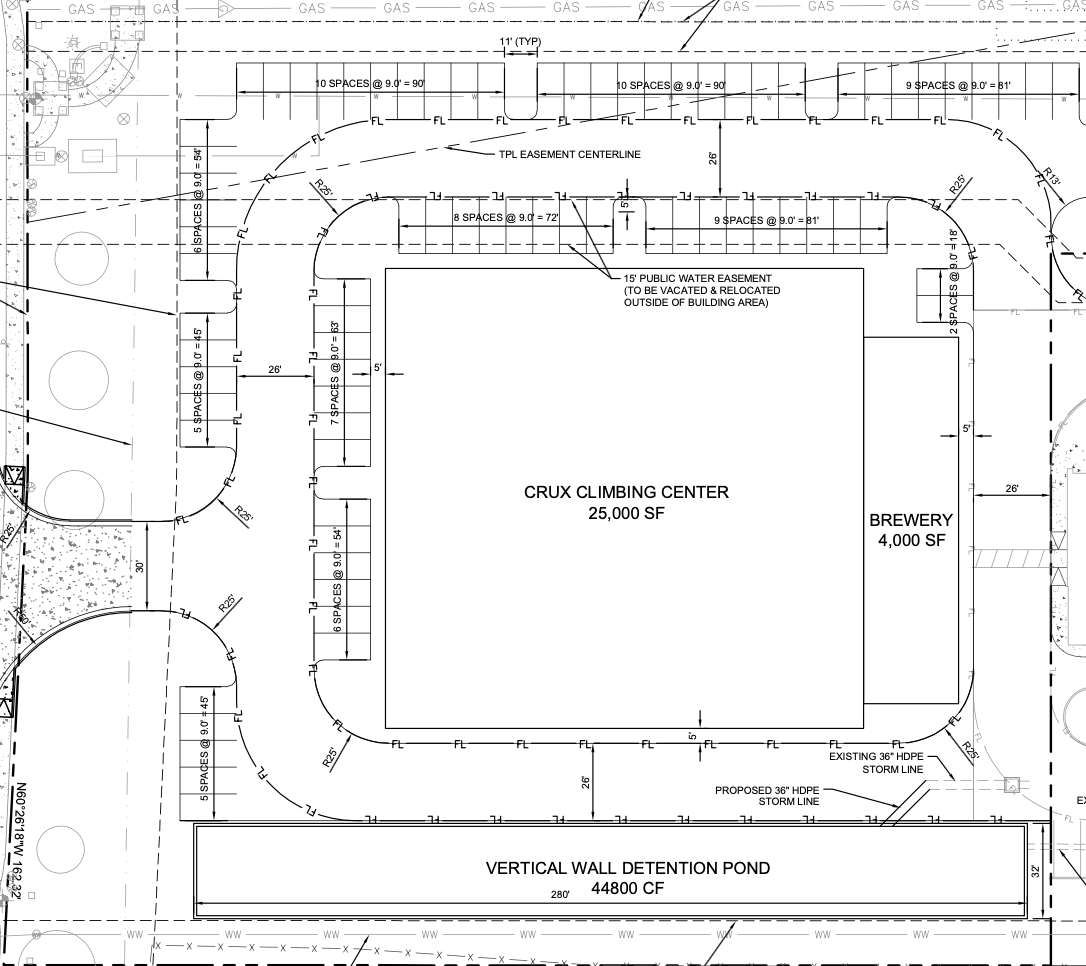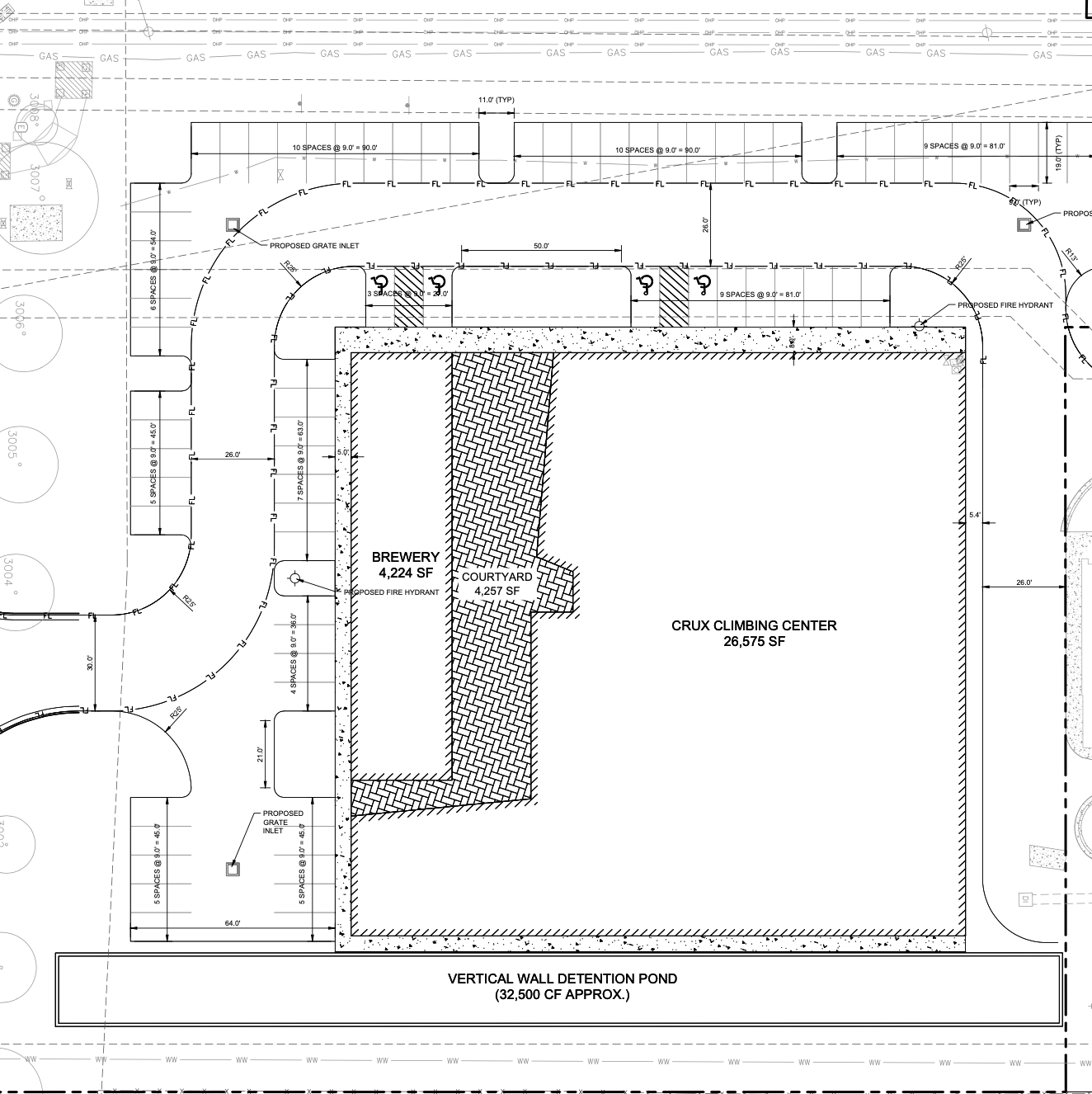Embarking on a self-directed journey in architecture has been enlightening. Delve into the genesis, and you’ll find I never initially envisioned creating my own design firm. Yet, as the 2008 recession loomed large, I pivoted toward freelancing—a step that organically evolved into establishing an architectural practice and an exploration of commercial design’s diverse landscapes.
Treading this unique trajectory, I cultivated a fresh viewpoint, highlighting avenues for enhancements in our profession. Particularly, the preliminary phase of projects, centered around civil engineering, emerges as pivotal. It’s where ideas face the practicalities of zoning, setbacks, easements, and drainage.
While a civil engineer traditionally dominates this phase, it’s imperative to underscore a nuance: the absence of an architect’s collaborative insights might usher in complications. The golden nugget? Kickstart your venture with both an architect and civil engineer in tandem. The dividends reaped will notably outweigh the expenses, as evidenced in our latest Crux project. The early reception of the civil engineering plan highlighted an opportunity for a design that’s both dynamic and efficient.


Optimal Site Utilization: Rather than conforming to the standard “big box” format, a slight relocation of the building allowed us to replace a redundant fire lane, transitioning this space into an inviting internal courtyard.
A Seamless Fusion of Function and Form: The primary site design overlooked communal space possibilities. Our intervention not only reshaped the building but also introduced a tree-canopied courtyard, fostering interactions for coffee shop and climbing gym patrons.
Streamlined Communication: Direct, two-way communication with the Civil Engineer expedited information exchange, enhancing our collaborative endeavors.
A Unified Vision: Our shared objective was clear: fuse efficiency with aesthetic brilliance. Open dialogues ensured our strengths were amalgamated to realize this dream.
Optimizing Time and Resources: Initial collaboration with the project’s civil engineer facilitated mutual design adjustments, curtailing potential revisions later. This proactive approach ensured synchronized efforts, preventing unforeseen setbacks.
To prospective clients, remember, buildings are more than just structural elements. Engineers figure out how to do it, Architects figure out what it is in the first place. You need both, and you need both at the same time.
